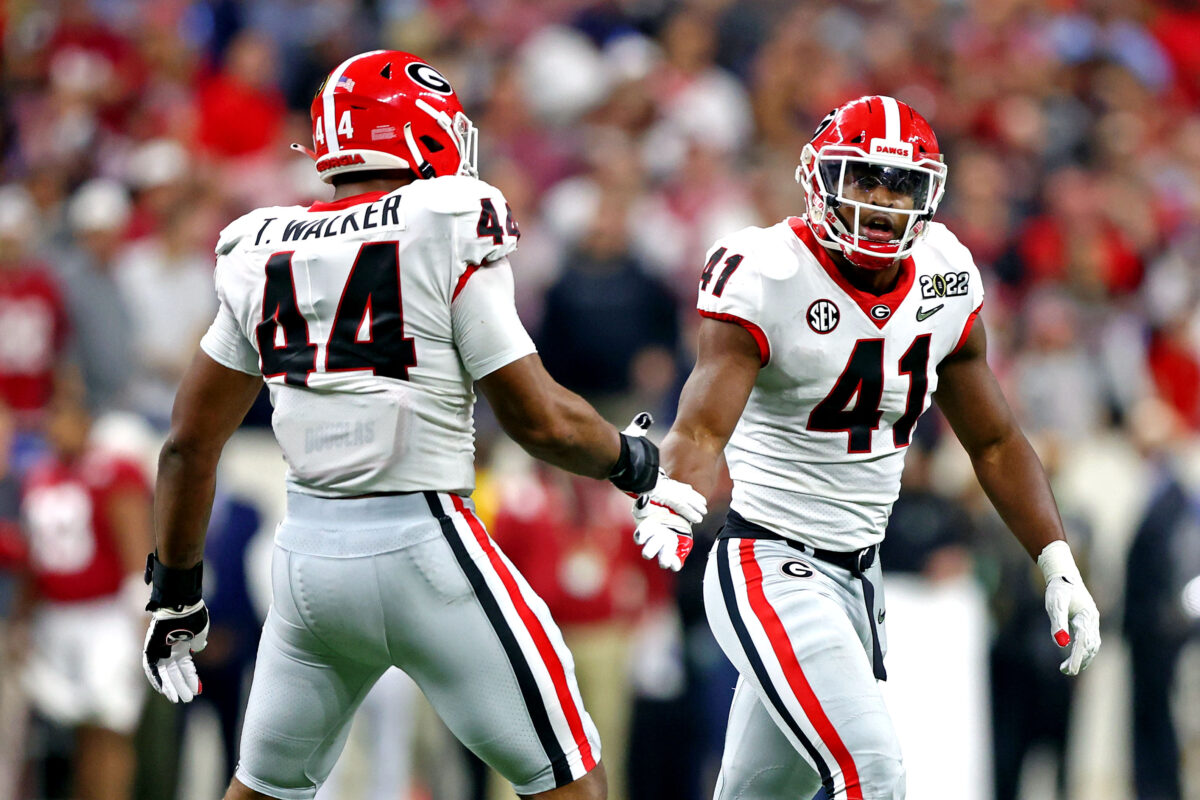‘Tis the season for the pre-draft prospect visits with NFL teams. Just in the past few days, the Detroit Lions have reportedly completed or scheduled “top 30” visits with several players, including Georgia LB Nakobe Dean and Cincinnati CB Sauce Gardner. But what exactly goes on in those prospect visits?
First off, the term “top 30” is a misnomer. Every team is allowed up to 30 in-house visits with prospects. The teams can use them on whatever level of prospect they wish. It doesn’t necessarily indicate the team is “high” on a player or anything like that. Some teams use the visits to create the illusion of interest. Others want medical examinations and information with their own doctors and training staff, which is one of the key components of the visits.
The team doctors and trainers are permitted to perform their own medical evaluations of the players. This is especially useful for players with injury histories or those coming off recent surgeries, like Alabama WR Jameson Williams or LSU CB Derek Stingley Jr.
Do not call them workouts. On-field football work is strictly forbidden by the league. Players can tour the facility but not do any football-related activities.
Teams often review a player’s game film with them. It gives the player a chance to explain the context of his performance in a particular situation, as well as letting the team get a feel for the player’s feel for the game and his ability to critically assess himself. For a player like Georgia DE Travon Walker, it can help discern why his college production doesn’t match his athletic profile.
Coaches might also show game film of the team and ask a prospect how they see what’s happening. Do they understand the concepts? What would they do on the play they’re watching?
It’s a good opportunity to get to know the player on a deeper level. There’s an advantage to being away from the commotion of teammates or other coaches or the time constraints of an interview at the scouting combine or the Senior Bowl. For a team like the Lions that stresses culture and cohesion, it’s a chance to see how the player fits with the coaches and any players who might voluntarily be around the facility. A meeting with the GM and ownership is often part of the visit, too.
Some teams will meet with players to learn more about their college teammates who the team might have a higher interest in drafting. Or maybe there’s a high school teammate they want to know more about. There aren’t any hard rules about what a team can or cannot ask a player.
Because visits were virtual a year ago, we don’t have a good baseline feel for how the Lions use their visits in terms of gauging interest or coming to conclusions about the draft. That’s part of what we will learn about the new Brad Holmes/Dan Campbell regime in this draft cycle.
[listicle id=75428]
